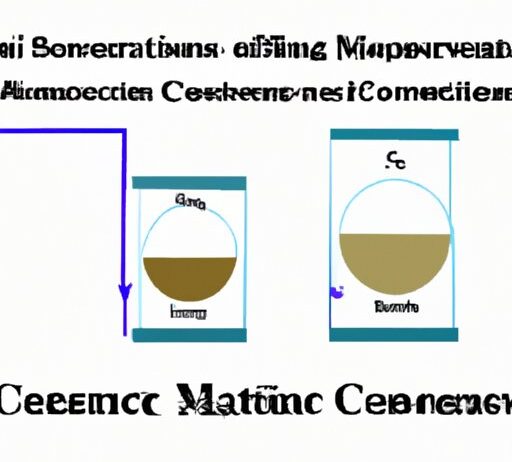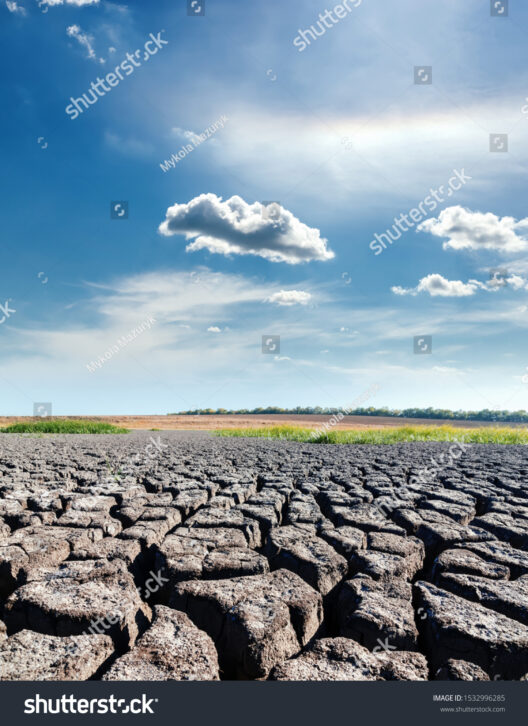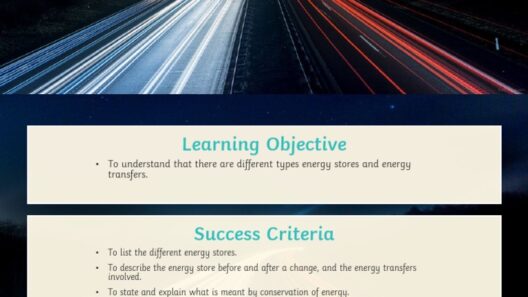In the vast tapestry of physics, the concept of total energy conserved stands as a bastion of stability. It is analogous to a well-tended garden. Even as seasons change, the foundational soil exists beneath the shifting leaves. Energy, in all its manifestations, is never truly lost; rather, it morphs and transfigures from one form to another, embodying the principle of energy conservation outlined in the first law of thermodynamics. To ingest this idea fully, one must dive into the rich and fertile ground of energy balance.
The first step in understanding energy conservation is recognizing the myriad forms energy can take. From the kinetic energy of a rolling ball to the potential energy stored in a coiled spring, energy exists in a symbiotic dance where each form can transition into another. Picture a world akin to a majestic river flowing through diverse landscapes; as it moves downstream, it carves valleys, nourishes flora, and perpetually changes form. Just as water ebbs and flows, fulfilling various ecological roles, so does energy shift among forms while remaining bound to the conservation law.
At its core, the principle of energy conservation states that the total energy within an isolated system remains constant over time. This statement might appear deceptively simple, yet its implications ripple through the very fabric of natural phenomena. Imagine swinging a pendulum. At the peak of its arc, the energy is entirely potential, poised to descend. As it swings downward, that potential energy transmutes into kinetic energy, the energy of motion. When the pendulum reaches the lowest point of its swing, its kinetic energy peaks, only to rise again as it ascends back to its original height. Throughout this cycle, total energy—the sum of kinetic and potential—is unwavering. This interplay beautifully illustrates how energy balances itself, maintaining equilibrium even amid transformation.
To fully grasp total energy conserved, one must delve into the concept of energy balance within a system. In physics, the term “system” refers to a defined portion of the universe under study, while the environment constitutes everything external to that system. Rather than existing as an isolated entity, energy flows in and out of systems, facilitating interactions that both spur and inhibit change. Every energy exchange can be imagined as a conversation between two friends: sometimes one speaks louder, sometimes the other, but together they maintain a dialogue that sustains their relationship.
One striking example of energy balance is in conservation ecology. Within an ecosystem, energy from the sun radiates into plants, which capture solar energy through photosynthesis—a process by which they convert light energy into chemical energy stored in glucose. Herbivores then consume these plants, transforming the chemical energy into kinetic energy to power their movements and metabolic processes. Carnivores maul and consume herbivores, thereby continuing the cycle. In this rich tapestry of life, energy flows through producers, consumers, and decomposers, forever balancing as it shifts from one form to the next, yet the total energy within the ecosystem remains undiminished. This analogy reveals the intricate interconnectedness of all life forms, where energy conservation can be aptly illustrated through the cycle of life.
Yet, energy conservation is not merely an abstract framework confined to theoretical realms; it plays a vital role in real-world applications. Engineers and scientists harness the principles of energy conservation to design more efficient systems, ranging from automobiles to renewable energy technologies. In mechanical systems, for instance, minimizing energy losses due to friction can enhance the efficiency of machines, allowing them to operate closer to an ideal state where total energy is most effectively conserved. This pursuit of efficiency ultimately leads to sustainable practices that resonate with the ethos of environmental stewardship.
Moreover, when delving into renewable resources—solar, wind, or hydroelectric power—the conservation of energy emerges as a fundamental guideline. These energy generation methods emphasize harnessing forms of energy that are replenished naturally. The energy from the sun, while transforming into electricity, exemplifies conservation principles at work. The equilibrium maintained during energy conversion reflects a guardian of sustainability, embodying the reciprocal relationship humanity shares with nature. The energy produced is never devoid of its source; it remains an eternal cycle, an unbroken chain.
However, challenges arise when considering the environmental implications of energy usage and conservation. The 21st century presents a unique crisis where energy consumption threatens the very fabric of ecological balance. Fossil fuels, while providing a vast reservoir of stored energy, introduce a dissonance to the harmonious orchestra of conservation. The extraction and combustion of these fuels dissipate energetic resources into the atmosphere as pollutants, destabilizing the planetary balance. Thus, conversations around energy conservation must pivot towards integrating sustainable practices, fostering innovation, and championing renewable resources.
As the discourse surrounding energy conservation evolves, so too must the conscious efforts undertaken by society. Embracing energy-efficient technologies and devoting resources to research can lead humanity toward a future that honors the principle of total energy conserved. Each action taken, whether individual or collective, contributes to an enduring legacy that will have ramifications beyond the present moment. The delicate equilibrium of energy isn’t just a scientific tenet; it’s a vital practice that resonates deeply with the global pursuit of sustainability.
In conclusion, total energy conserved embodies a foundational principle of physics that illuminates the profound interconnectivity of all matter and energy. By distinguishing energy forms, exploring the dynamic relationships in ecosystems, and advocating for sustainable practices, one can appreciate the nuances underlying this vital concept. Conservation is not merely an environmental mandate but a responsibility we shoulder as stewards of the Earth. Embracing this principle can guide humanity toward a harmonious existence, much like the ever-flowing river that nourishes the landscapes it touches. In this fundamental understanding lies a poignant reminder: in preserving energy, we preserve life itself.







